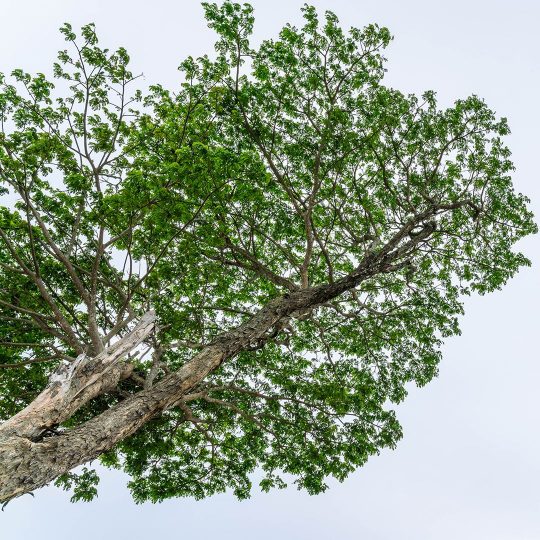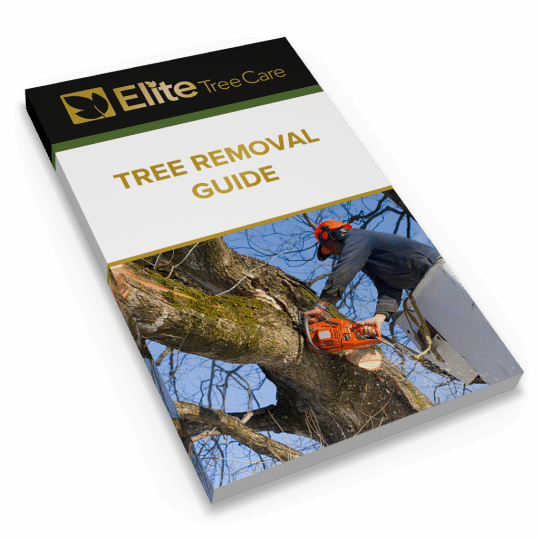Tree Removal Process in 7 Steps
What to do Before, During, and After
Posted
September 7, 2017

Safe removal of a dead or dying tree is best left to a professional tree removal service, especially if the tree is large and close to your home. Homeowners could try to remove a small tree on their own, but this should also be done with care to help save the tree. The tree removal process outlined below may seem easy enough, but without the right equipment and knowledge, it could pose great risk to those involved. No matter who removes the tree, it’s important to be aware of the steps involved.
What Steps are Involved in Tree Removal
After you’ve determined a tree must be removed—whether it’s dead, dying, diseased, or poses a risk to others—the following steps should be taken before, during, and after tree removal. Some steps are easy for a homeowner to take care of before a professional arrives to remove the tree.
1. Clear the area. There should be room around the tree for it to lay flat on the ground once it comes down. Estimate the height of the tree and clear whatever you can from the immediate area.
2. Examine the tree. Notice which way the tree leans naturally—this could help determine the best direction it should fall. However, if you notice areas of decay, it could collapse easily and not fall where intended.
3. Pick an escape route, or two. If the tree begins to fall out of control, you’ll want a clear path to run in the other direction. Notice what other areas around the tree are free of obstacles, and be prepared for anything.
4. Gather the right equipment. Depending on the size of the tree, you may be able to cut it down with a handsaw. Larger trees with a trunk diameter of a foot or more require more power from a chainsaw.
You may want to call the pros now…
5. Start the undercut. You’ve scoped out the area. You have an idea of the ideal direction you want the tree to fall. Now cut a V-shape at a 45-degree angle at the bottom of the side you want the tree to fall on. This undercut should be about a quarter of the tree’s diameter deep.
6. Start the backcut. Go to the opposite side of the tree and cut straight through about two inches above your undercut. This should release the stress on the tree trunk.
7. Move out of the way. Go ahead and yell “Timber” to alert others the tree is about to fall.
What to do After a Tree is Removed
Once the tree is on the ground, you can easily remove branches to make it easier to dispose of. You’ll also want to cut the log into multiple pieces to make hauling it off the site simpler. You can also remove the tree stump, or incorporate it into your outdoor décor.
For more information on tree removal, contact the specialists at Elite Tree Care.

Download Your FREE Tree Removal Guide
Even dedicated DIYers should think twice before taking on the task of tree removal. Our guide will help you decide whether to hire a tree service and how to get the most value for your money.